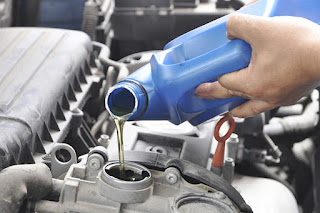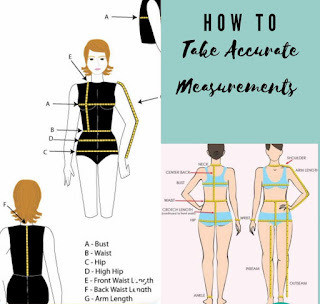AUTOCARE WITH DAMILARE
Hi TTB followers, welcome to Autocare
I will be concluding on car fluids and their maintenance:
Air Conditioning Coolant
When the weather warms up, you’ll want to check the coolant (sometimes called refrigerant or Freon) level in your air conditioning system to make sure it’s ready to work. Checking this fluid can be a bit complicated, but it’s better than having a Mechanic charge you for putting more in when it’s not needed. Before you begin, you’ll need to get the proper A.C. gauge and thermometer from an auto-parts store. If it turns out your coolant level is low, you can easily recharge the system with supplies from the auto parts stores.
Coolant
With all the combustion and friction that happens in an engine, it produces a lot of heat. A Coolant is needed to keep everything, well, cool, by absorbing engine heat and dissipating it through the radiator. Maintaining the correct coolant level prevents overheating. You only have to check this fluid every 50,000 miles or so, but if there's a leak or other issue it's important to know how to top it off.
Warning: Never check your coolant while the engine is hot. Pressurized coolant can spray and cause burns. Always wait for the engine to cool completely before checking the coolant.
The process to check coolant varies from car to car. If your car has a coolant expansion tank, look to see if the coolant falls between the minimum and maximum indicators on the tank. If it doesn't, open the radiator cap to see if the coolant is filled up to the top. Before you add coolant, make sure it's a type approved for your vehicle and give the radiator a few minutes to "burp" out any trapped air bubbles before you put the cap back on.
Washer Fluid
The windshield-washer fluid doesn’t keep your engine running, but it’s really helpful for making it easier for you to see while you’re driving. Checking the washer fluid is easy. Most cars have opaque washer fluid tanks with a label on the cap like “windshield” or “washer.” You should be able to see inside without removing the cap. Otherwise it should just twist off, since the fluid isn’t pressurized or dangerous. If you need more fluid, don’t just use soap and water. Get some washer fluid that's formulated to handle bugs and road grime. If you’re completely out and in for a dirty drive, the window cleaner you use at home can work until you can get washer fluid.
Post by: Oriyomi Oluwadamilare Dolapo
Facebook: Oriyomi Oluwadamilare Dolapo
Instagram: oo_oluwadamilare
Twitter: oo_damilare
I will be concluding on car fluids and their maintenance:
Air Conditioning Coolant
When the weather warms up, you’ll want to check the coolant (sometimes called refrigerant or Freon) level in your air conditioning system to make sure it’s ready to work. Checking this fluid can be a bit complicated, but it’s better than having a Mechanic charge you for putting more in when it’s not needed. Before you begin, you’ll need to get the proper A.C. gauge and thermometer from an auto-parts store. If it turns out your coolant level is low, you can easily recharge the system with supplies from the auto parts stores.
Coolant
With all the combustion and friction that happens in an engine, it produces a lot of heat. A Coolant is needed to keep everything, well, cool, by absorbing engine heat and dissipating it through the radiator. Maintaining the correct coolant level prevents overheating. You only have to check this fluid every 50,000 miles or so, but if there's a leak or other issue it's important to know how to top it off.
Warning: Never check your coolant while the engine is hot. Pressurized coolant can spray and cause burns. Always wait for the engine to cool completely before checking the coolant.
The process to check coolant varies from car to car. If your car has a coolant expansion tank, look to see if the coolant falls between the minimum and maximum indicators on the tank. If it doesn't, open the radiator cap to see if the coolant is filled up to the top. Before you add coolant, make sure it's a type approved for your vehicle and give the radiator a few minutes to "burp" out any trapped air bubbles before you put the cap back on.
Washer Fluid
The windshield-washer fluid doesn’t keep your engine running, but it’s really helpful for making it easier for you to see while you’re driving. Checking the washer fluid is easy. Most cars have opaque washer fluid tanks with a label on the cap like “windshield” or “washer.” You should be able to see inside without removing the cap. Otherwise it should just twist off, since the fluid isn’t pressurized or dangerous. If you need more fluid, don’t just use soap and water. Get some washer fluid that's formulated to handle bugs and road grime. If you’re completely out and in for a dirty drive, the window cleaner you use at home can work until you can get washer fluid.
Post by: Oriyomi Oluwadamilare Dolapo
Facebook: Oriyomi Oluwadamilare Dolapo
Instagram: oo_oluwadamilare
Twitter: oo_damilare




Comments
Post a Comment